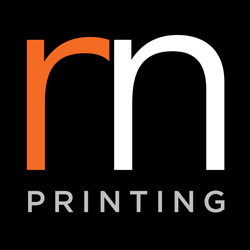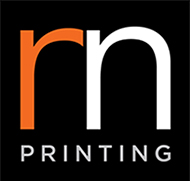Bestselling author and marketing maverick Seth Godin said “Marketing is no longer about the stuff you make, but the stories you tell.” No truer words have ever been spoken. With the cutthroat competition and information overload in today’s market place, it is important for businesses to tell their story in the most captivating way possible and marketing collaterals certainly play an exciting role in all of that.
Die-cutting might one of the ways to dramatically upgrade your current marketing materials. Here’s what you need to know about this unique style of print finish.
What is Die Cutting?
You’ve probably come across a brochure or greeting card with a cut out shape like a window on the front flap. Did it pique your curiosity? Did it entice you to turn the flap and see what was inside? This is the unique appearance and effect of die cutting.
In the printing industry and crafting, die cutting refers to the process of producing cards or printed materials with cut-out shapes. The cut-out shapes can range from basic shapes like circles and hearts to more complex and detailed ones like snowflakes. Die cutting draws your attention to the 3D nature of the design and in some cases the texture of the material.
How Is It Done?
Die cutting is made possible by cutting out particular shapes on a thin, flat material like paper or cardstock. Die cutting can be used with simple tools like cutters and a cutting board or more sophisticated equipment like presses. With a machine, though, you can consistently create the exact same cut-out shape over and over again. It is significantly more efficient and cost-effective than the manual method that requires stencils, scissors or craft knives.
When to Use Die Cutting
Die cutting definitely produces fascinating results but it is not for every print job. For this reason, not many people use it but this only makes it more unique and eye-catching. With die cutting you can add a decorative element to your design. An example would be sending out a holiday greeting card to clients and business partners with a Christmas tree shape cut out on the front flap. This design trick will definitely make the card more festive and captivating.
Die cutting isn’t just for pure aesthetics, though. It can be functional, too. For example, you can use this process to cut out a window in front of a product catalogue so that clients will get a quick preview of the content inside.
Considerations
Die cutting certainly offers a lot of opportunities for you to play around with your creativity and ideas. However, these certain limitations should be taken into consideration such as the material used. Complicated shapes and patterns may not be feasible for certain materials like paper that is thin. However, thin stock has its own advantages, it is easier to cut compared to thick paper and the edges are also cleaner. Other materials like cotton paper can end up with ragged, uneven edges when subject to die cutting.



 1300 483 455
1300 483 455 0418 260 940
0418 260 940 132 Marsden St, Parramatta
132 Marsden St, Parramatta




